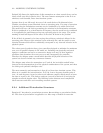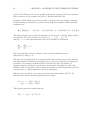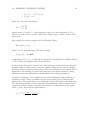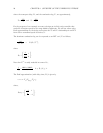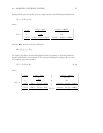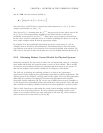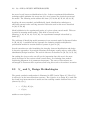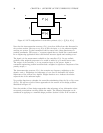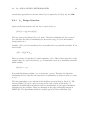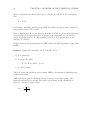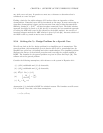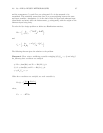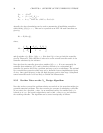2.3. H
∞
AND H
2
DESIGN METHODOLOGIES 31
extend these approaches to the case where P(s) is replaced by F
u
(P(s), ∆), ∆ ∈ B∆.
2.3.1 H
∞
Design Overview
Again, recall from Section 2.1.2, the H
∞
is norm of G(s)is,
G(s)
∞
=sup
ω
σ
max
[G(ω)].
The H
∞
norm is the induced L
2
to L
2
norm. Therefore minimizing the H
∞
norm of
G(s) will have the effect of minimizing the worst-case energy of e over all bounded
energy inputs at w.
Consider γ(K) to be the closed loop H
∞
norm achieved for a particular controller K.In
other words,
γ(K)=F
l
(P, K)
∞
.
There is a choice of controller, K, which minimizes γ(K). This is often referred to as the
optimal value of γ and is denoted by γ
opt
. Furthermore, there is no stabilizing controller
which satisfies,
G(s)
∞
<γ
opt
.
In a particular design problem, γ
opt
is not known a priori. Therefore the functions
calculating the H
∞
controller use some form of optimization to obtain a value of γ close
to γ
opt
.
The first approaches to the solution of this problem were described by Doyle [1]. The
book by Francis [57] gives a good overview of the early version of this theory. A
significant breakthrough was achieved with the development of state-space calculation
techniques for the problem. These are discussed in the paper colloquially known as
DGKF [58]. The algorithmic details are actually given by Glover and Doyle [59].



